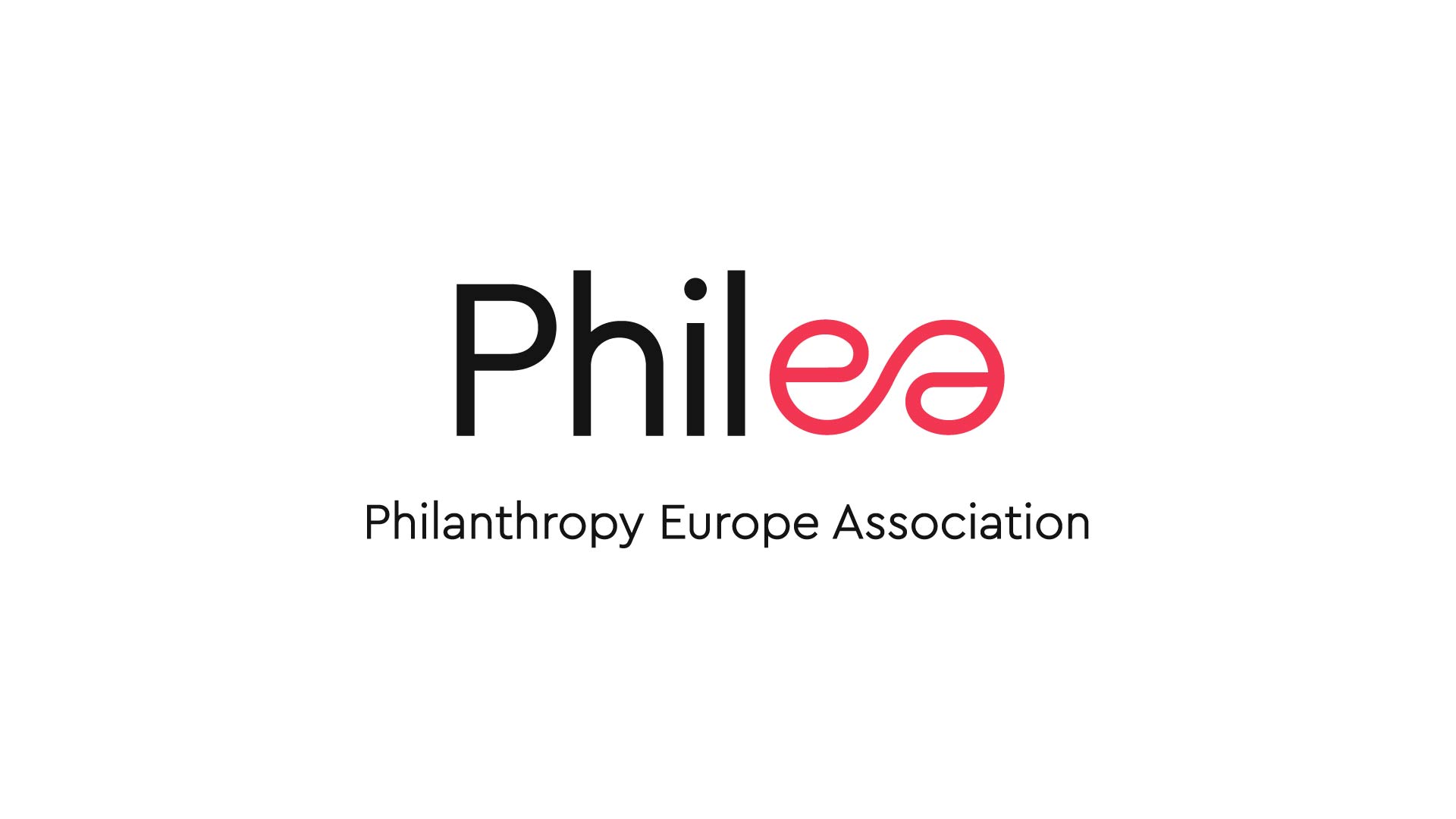Ambition and patience is needed to create a better environment for philanthropy – Interview with Ludwig Forrest on cross-border philanthropy
20. Januar 2021 | via Philantrophy Advocacy | An Interview on cross-border philantrophy, the TGE-Network and the growing wave of philantrophy.
by Hanna Stähle and Owen Morgan
Ludwig Forrest is Head of International Philanthropy at the King Baudouin Foundation – one of the largest foundations in Europe and a major international foundation, and coordinator of Transnational Giving Europe (TGE). With over two decades’ experience advocating for and facilitating cross-border philanthropy, we sat down with him to discuss the origins of TGE, why the pandemic makes cross-border giving more essential than ever, and what the roadmap looks like to an empowered, borderless European philanthropic sector.
Transnational Giving Europe is key to fostering charitable giving across borders in Europe. Could you please tell us a bit about how Transnational Giving Europe (TGE) was founded?
In 1998, a Belgian donor came to the King Baudouin Foundation and said ‘I can make a wire transfer to The Louvre in Paris, but I will have no tax incentives for doing so, despite the fact we’re in the European Union and there is a non-discrimination principle Can you do something on this?’ So, the Fondation de France, the Charities Aid Foundation and the former Juliana WelzijnFonds, and we decided that this donor was right, and we needed to solve the problem; there, TGE was born. Now, 20 years later, we’ve gone from those four countries to 21 countries, with an extension on the way.
The tax laws at the time did not allow for tax effective cross-border giving and still today laws and practices are complicated and burdensome; we are working towards policy solutions to ease cross-border philanthropy. Until we have easier policies and processes in place, however, TGE as a sector run initiative can help donors to channel funds across borders in a tax effective way. A French high school, for example, can register with TGE through Fondation de France, and after approval they will be able to raise funds from 20 other countries with all the tax benefits that their donors are entitled to. All TGE partners have received approval to participate in the initiatve.
“What if a German resident wishes to donate a house in Portugal to an Italian foundation? There are many seemingly impossible transactions if several countries are implicated, and that’s a pity, because these are missed opportunities.”
You mention that TGE has grown significantly since its inception, and even more so in recent years. What do you think TGE’s growth says about existing barriers to cross-border philanthropy in Europe?
Yes, mid-year giving through TGE in 2020 increased by 154% in comparison to the previous year – we more than doubled, we have an unprecedented flow of beneficiaries who benefit from our services. The success of TGE is one of the signals that allows us to say that these barriers to cross-border philanthropy are there, and they could and should be removed. For us, that’s no problem; if these barriers were removed, there would be no need for TGE anymore, and that is our long-term vision; to disappear as soon as possible!
All good non-profits are in the business of going out of business! Could you elaborate on some of these barriers?
The first barrier of course is the unequal treatment of non-profit organisations within Europe, as was the basis for the founding of TGE, but the second is about information. What if a German resident wishes to donate a house in Portugal to an Italian foundation? There are many seemingly impossible transactions if several countries are implicated, and that’s a pity, because these are missed opportunities.
When it comes to cross-border giving, an alternative to TGE for those who wish to receive cross-border donations is to create, be approved or register your foundation in each of the other countries you wish to receive donations from, but this is still not possible in many European countries, and very difficult in the others.
While we’re drawing comparisons between European countries and their legal environments for philanthropy, you were closely involved in the recent drafting and launch of our Country Profiles. Why did you decide to support this initiative?
These country profiles are one of the things that can solve the information asymmetry barrier. They will help foundations to develop their philanthropic strategies, or their fundraising strategies, and provide the right information to donors. For philanthropic advisors, for us to be able to refer to these country profiles is a big help. The American donor who is put off from donating in Europe by the 27 different fiscal environments now has a place to go for up-to-date information and a first glimpse at each country. Equally, for philanthropists who are hesitating, asking ‘where should I donate?’, this will save them a lot of consultation money! I’m more than convinced about the usefulness of this tool, and I’m looking forward to seeing the Comparative Highlights later in the year.
“it’s important to acknowledge the complementary role philanthropy plays with the public sector and that philanthropy is done by millions of people, big and small; companies, families, individuals. We need to allow people to express their generosity and to be active citizens.”
We’re looking forward to sharing them, too! Back to TGE – it’s one thing to talk about these large sums of money being donated via the service, but who are the actual beneficiaries of these cross-border funds?
Education is one of the biggest sectors we support, because universities do have alumni all over Europe. It’s starting to become a greater tradition in Europe, as it is in the US, to give back to your high school or university. The other is the arts and culture sector. Many other beneficiaries are small organisations, who have some donors across Europe and for whom it’s economically illogical to register, to pay lawyers, for two donors in one country, for example. That is what we want to achieve, that organisations, big and small, are not hampered by borders. People are moving abroad, marrying abroad, retiring abroad, and they want to support charities in the countries they’ve visited, where they’ve lived and where they’re living.
It’s interesting that education and the arts are two of the sectors hit hardest by the COVID-19 pandemic – what would you say has been the impact of COVID-19 on cross-border philanthropy?
I was very much impressed by the wave of solidarity from foundations at the outset of the pandemic in March, April and May of last year, because it showed the maturity of donors all across Europe. They understood that it was impossible for the public actors to do it all themselves. So instead of criticising, they acknowledged that the state was doing its best, and that we must help, or else we’ll all suffer more damage. That was an incredible sign of the complementary role of philanthropy, and it was acknowledged by the EU. That philanthropy acted like this was nothing new, but it’s now been recognised even further, so this is now the opportunity to build further and achieve wider acknowledgement of philanthropy’s humble but important place in the European agenda; not too high, not too low, but the right place.
You’re well placed to speak about the European agenda, having been closely involved in advocacy efforts at the European level. What are some of the key asks that the foundation sector is making of policymakers?
Firstly, it’s important to acknowledge the complementary role philanthropy plays with the public sector and that philanthropy is done by millions of people, big and small; companies, families, individuals. We need to allow people to express their generosity and to be active citizens. Having the support of the European institutions and member states is important here.
Secondly, it’s important to spread the understanding that philanthropy can play its part at both the national and European level. Philanthropy offers solutions from local to European level: it can innovate, deal quickly with new societal issues and act on niches.
The third point is to make sure that all those barriers are wiped away, to work towards an implementing the Single Market for Philanthropy and finding a way to achieve a European statute for foundations. Anything that allows more people to do more, and better, philanthropy is relevant at a regional level, at a national level and at a European level.
“Philanthropy offers solutions from local to European level: it can innovate, deal quickly with new societal issues and act on niches.”
One of the landmark moments for putting philanthropy on the map for European policymakers was the EESC Opinion adopted in 2019, in which you were also heavily involved. Could you explain a bit about that process?
Demonstrating philanthropy’s value and presenting these arguments to policymakers remains a question of not hesitating to stress this societal role of philanthropy. We shouldn’t waste too much time trying to define philanthropy, but instead to describe philanthropy, and try to illustrate philanthropy’s value with tangible examples. Philanthropists must speak from the heart. These stories on impact of philanthropy on an individual, human level often resonate strongly.
The EESC opinion was an important opportunity to increase the visibility of philanthropy in the European institutions. The positive role of philanthropy for the general interest is more widely acknowledged today than it was before. We need to have the necessary patience, together with the necessary ambition, to work towards a stronger enabling environment.
On that forward-thinking note, what is your vision for European philanthropy in 10 years’ time?
There is a growing wave of philanthropy, that is beyond debate. But this wave should be accelerated, and this can only be accelerated if all actors commit more energy: donors should continue to give with heart and reflection; beneficiaries should carry out their responsibilities in a transparent and respectful way, and ensure donations are as impactful as possible. Meanwhile, public actors also have the power to take decisions to accelerate this wave of giving at national and European levels, and I hope that in 10 years from now we will be able to say this was achieved.
In the philanthropic sector we believe in expressing solidarity all across Europe and helping those who are tackling societal problems, as those are the heroes. They’re the ones who are fighting COVID-19; they’re the ones who are giving meals to people in need, and we must empower them to do what they do, in the best conditions and with the best means.






